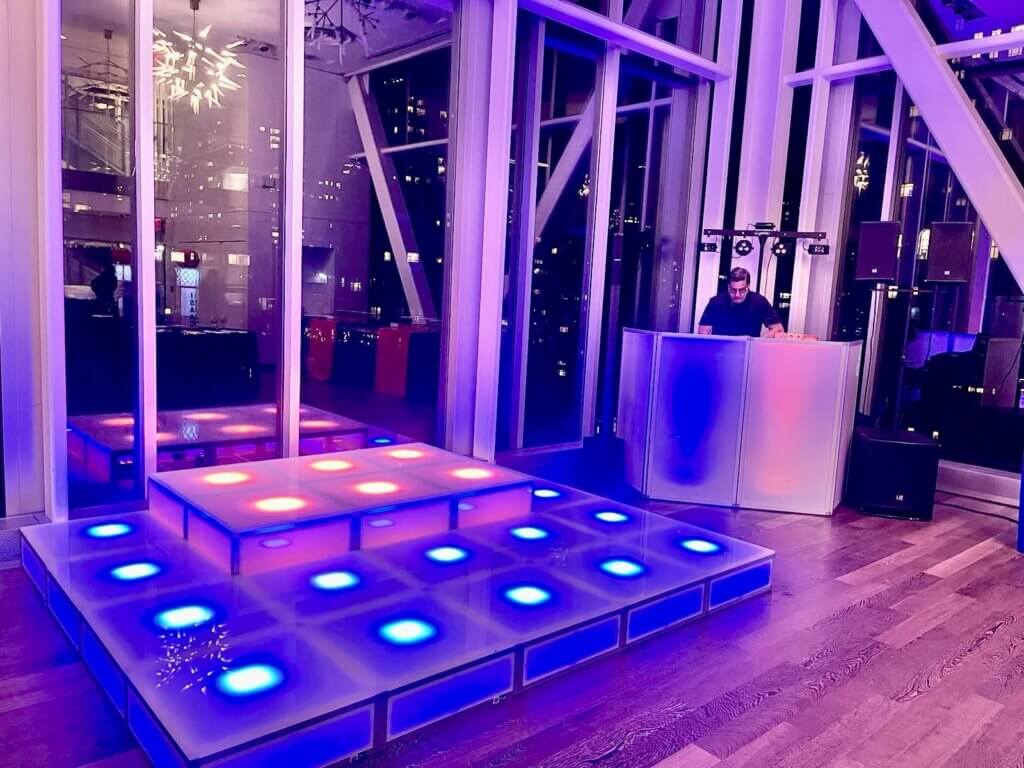Investigating the Diverse Materials That Convert Dance Floors into Breathtaking Visual Displays
Investigating the Diverse Materials That Convert Dance Floors into Breathtaking Visual Displays
Blog Article
Dance floors have evolved considerably over the decades, transforming more than just a space to dance to music. Currently, they are transformed into breathtaking aesthetic experiences through the use of various materials and technologies. These materials not only improve the aesthetic appeal of the area but also improve the overall experience for performers and audiences alike. Comprehending the versatile substances that contribute to these dynamic environments can provide insight into the art of performance floor creation.
One of the most frequent materials used in modern dance floors is LED lighting. Light-emitting diode lights are energy-efficient and can generate a broad range of colors and impacts. They can be integrated in the floor directly or used as part of a illumination system above the dance floor. This innovation allows for coordinated light shows that can alter in response to the melodies, creating an engaging experience. The ability to program these lights means that they can be customized to fit different concepts or moods, making each occasion distinct.
Another important material is reflective materials, such as mirrors or polished tiles. These materials can create an illusion of area and depth, making the dance floor appear larger than it actually is. When dancers move, their images can add an extra layer of visual appeal, enhancing the overall performance. Additionally, reflective materials can interact with illumination impacts, amplifying the colors and patterns displayed on the floor. This fusion of illumination and mirroring can enthrall audiences and elevate the energy of the occasion.
In furthermore to illumination and reflective materials, the use of digital screens has grown progressively common in dance floor creation. These screens can display vibrant visuals, graphics, or even live feeds of the show. By integrating digital innovation, occasion organizers can create a multi-sensory encounter that involves both the dancers and the spectators. The ability to alter visuals in real-time allows for a fluid environment that can adapt to the beat and energy of the music, making each instance feel fresh and exciting.
Additionally, the selection of flooring substance itself plays a key role in the overall encounter. Traditional wooden dance floors are still preferred for their strength and functional qualities. However, more modern materials like vinyl and elastic are gaining favor due to their versatility and simplicity of maintenance. These materials can provide superior shock absorption, reducing the chance of injury for performers. Additionally, they can be designed with multiple textures and hues, allowing for creative representation in the dance floor's appearance.
In summary, the transformation find more info of dance floors into breathtaking visual experiences relies on a mix of creative materials and technologies. Light-emitting diode lighting, reflective surfaces, electronic screens, and customized flooring materials all contribute to creating an captivating setting for performers and audiences. As innovation continues to progress, the possibilities for enhancing dance floor creation will only grow, making future events even more enthralling and memorable. Understanding these substances helps value the artistry involved in creating spaces where dance and music come together in unison.